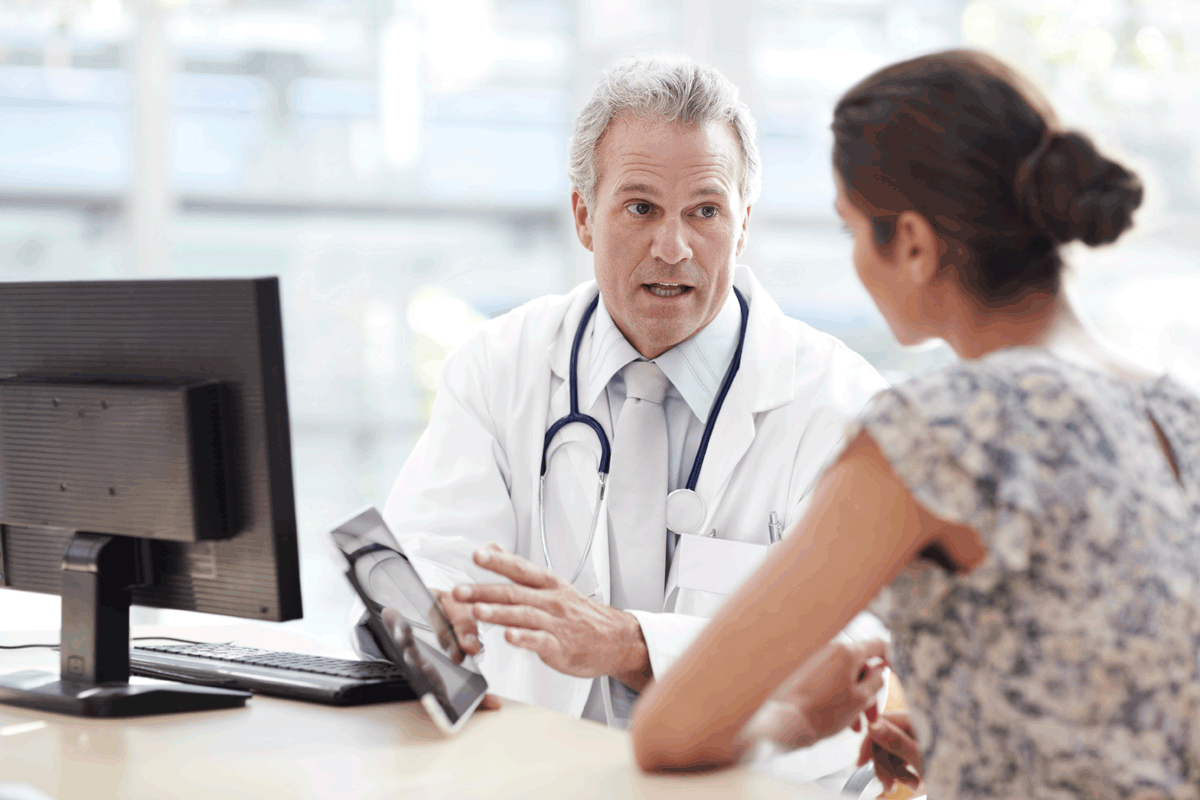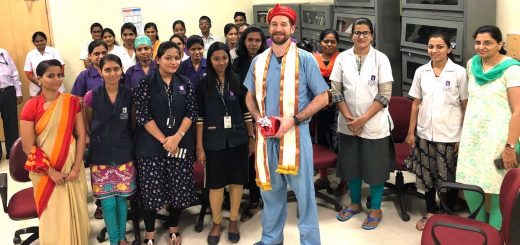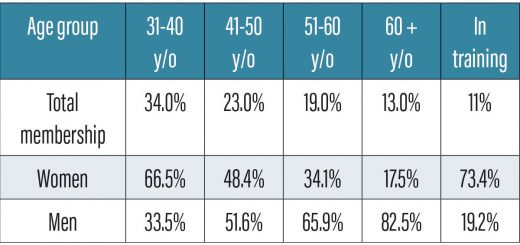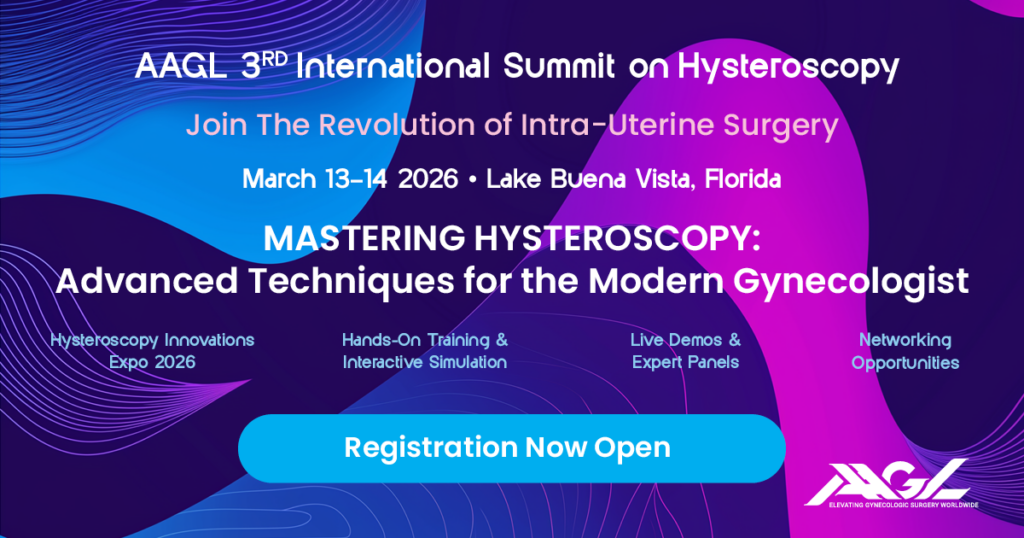The Hysteroscope Belongs in the Office

In 1805 Bozzini developed a tubular device with a candle as its light source. He proposed it as a way to examine various body passages and cavities, including the uterus. But it was not until 1869 that Pantaleoni was credited with being the first hysteroscopist. Laparoscopy was described for the first time in 1910 by Jacobaeus.
While hysteroscopy preceded laparoscopy as a surgical technique, it has lagged in its use. It allowed easy access to view the interior of the uterus but was limited by the lack of therapeutic options that could be performed. But this has now changed. New instrumentation has allowed the majority of hysteroscopic procedures to be done in an office setting.
The location in the office brings benefits to all stake holders – the patient, the gynecologist, and the payors. These benefits are convenience, cost, and frequently the avoidance of a hysterectomy. Payors in the United Sates have recognized the value of office hysteroscopy and have significantly improved reimbursement.
This year the AAGL’s focused in-depth program, the Global Hysteroscopy Summit, is in Toronto, July 27-28, 2018, and will delve into hysteroscopy and its potential as an office procedure. I hope you can join us.
It is time to move the hysteroscope into the office!






